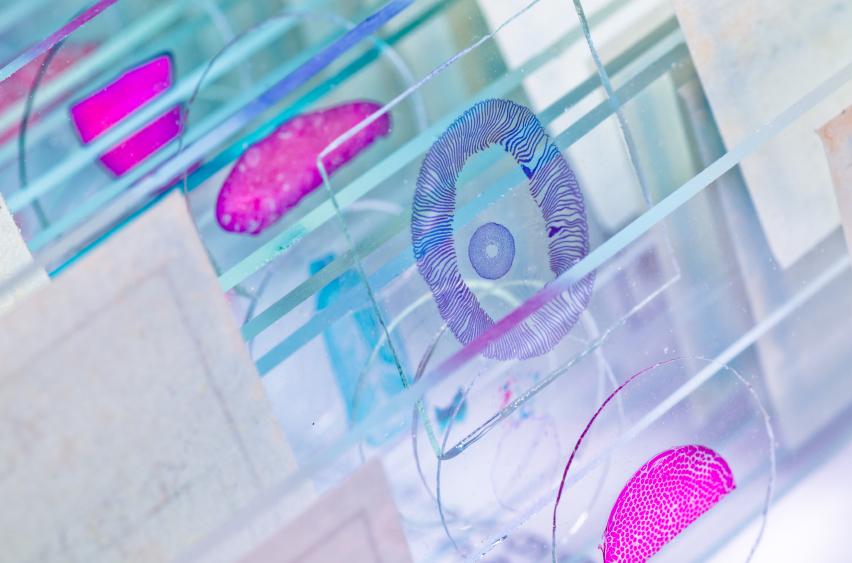

Disruptive, Enabling, or Standard of Care
Keith Kaplan, MD, Chief Medical Officer
An old (-er, I mean experienced) pediatric cardiothoracic surgeon once told me, “The heart is not a music box, it is a pump, why should I use a stethoscope to listen to it?” An experienced neurosurgeon once told me, “Neurologists are the tool we used to use before the CT scan” and a critical care intensivist friend has reminded me several times of the value of a stethoscope when you have arterial blood gases, central venous pressure monitoring, and ventilator settings you can adjust for optimum care.
While the neurosurgeon quip may be offensive to some, particularly neurologists who specialized in localizing central and peripheral nervous system lesions, deficits, and tumors, advanced imaging techniques allowed for refined mapping and best surgical approach. It, of course, also provided an enhanced measure when the technology became available to provide a greater correlation to history and physical examination findings, and helps to correlate and explain those findings with direct in-vivo imaging technologies.
Ditto for the cardiothoracic surgeon and the critical care physician, who have practiced in an era of echocardiograms and direct measurement of heart function and lung performance without the need to surmise either by use of a "rude and crude" medical device such as the lowly stethoscope.
For more than 100 years, we have prepared slides and performed examination of tissue sections pretty much the same way, despite major advances in other specialties. The hope for pathology and laboratory medicine is that our own version of digital imaging and advanced molecular techniques allow us to build upon the body of knowledge with "rude and crude" paraffin, vegetable stains, and microscopes, and advance our field with digital pathology and molecular medicine.
It seems in other specialties the newer technologies are measured against the alternative (e.g. stethoscope to echocardiogram, or stethoscope to arterial blood gases), and a technology that may have once been considered “disruptive” quickly becomes “enabling” until perhaps it even more rapidly becomes “standard of care.”
Perhaps it is an unfair comparison in pathology. We have perfected the art of morphology with analog slides and stain techniques that in some cases have become automated for speed, but perhaps without significant improvement in overall diagnostic quality. We already have some advantages compared with other fields in terms of direct visualization of tissue and body fluids rather than relying upon symptoms, clinical history, and physical examination findings.
We may not have as far to go as other specialties in terms of how we view and measure disease, but in how we can make incremental improvements to what we do that will transform a “disruptive” technology to an “enabling” one to “standard of care”.
If you liked this post from Dr. Keith Kaplan, sign up for our blog to receive instant updates on new posts.

